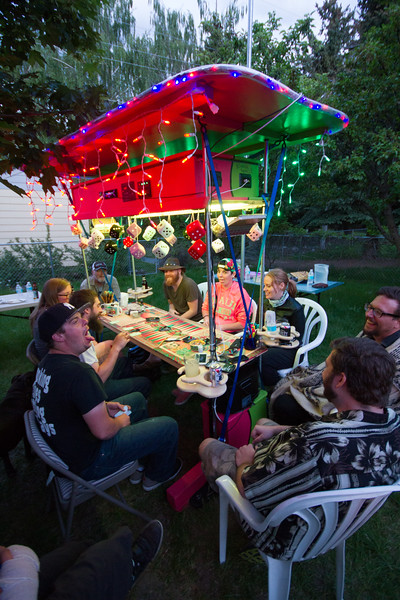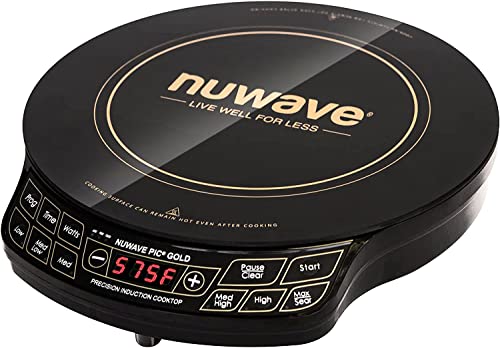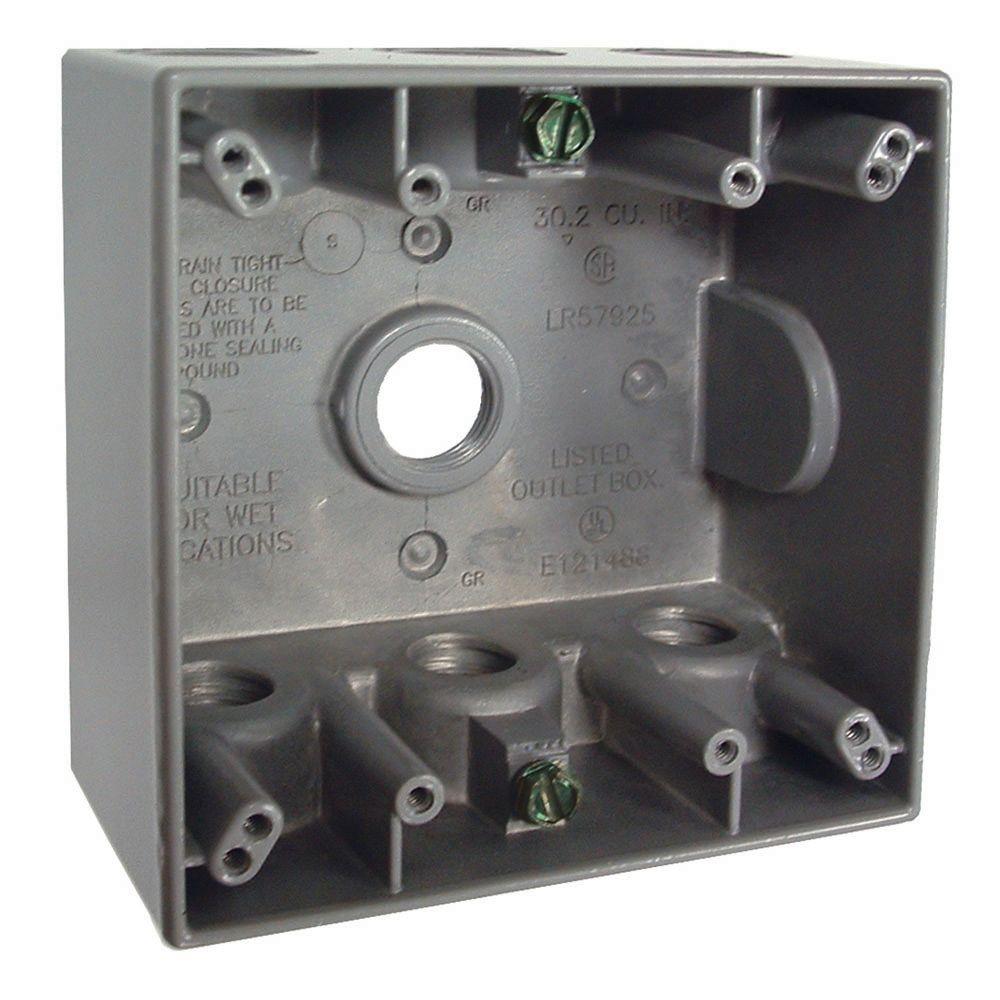*sigh*
Been rooting around in the electrical section of the board here and I'm overwhelmed...so much information scattered all over the place...I don't know how to sort through it. I guess I need a hand. Feel free to save typing and point me to relevant threads.
I'm well trained in electronics. I used to repair scanning electron microscopes; have a nice Fluke and a Tek O'scope and know to use them; I can read a schematic easily. But I'm not familiar with the principles of battery charging and who makes good stuff and who makes junk.
I also have a need to do my electrical system in phases, which makes things even a bit harder. Initially, I will be putting two solar cells on the roof and two 12V batts in the cabin. This initial system needs to be as simple as possible so I can get it installed and pass my RV re-registration inspection for having 110AC in the outlet above my sink; probably just PVs, charge controller, batts, inverter, and a simple 12V switch/breaker panel. But eventually I want four cells up top (need to be about 50" x 25" each to fit the roof layout); four batts below; house/truck batt switching; alternator charging for house batts; shore power switch over w/12VDC generation; shore power filtering; etc. I did stumble across
this .pdf here and was wondering if it was a good schematic to study?
I won't have A/C or a microwave, but I'd like to be able to run a drill and saber saw...maybe rechargeable tools is the way to go, but todays fast chargers for those seem to draw a lot of current as well. I won't have a TV, but will eventually have to charge a laptop, iPad, phone, and will have wifi antennas, wifi routers, automotive sound system (a modest power one), HAM and CB radios, alarm system, surveillance cameras, alarms, outdoor LED lighting, and fans.
I've had a look at the links Optimistic Paranoid provided and will probably buy some of the books. The Blue Sea catalog is excellent! (Thanks, mate.) But I really don't have time to edumacate myself well as I'm at the point where I need to start ordering stuff for my initial rudimentary system. I figured I might just ask a few questions so I can get going. I am absolutely willing to pay for quality and safety margin, but I don't want to climb too high up a diminishing returns curve.
What are the recommended solar panels around here?
I mentioned
this combiner box already and HDR said he didn't like the terminal clamps as they're unreliable in the long run. Makes total sense. But the plastic box itself appears to be a cool part designed for the task at hand and with enough knock-outs for standard, liquid tight strain reliefs. I intend to run antenna wires and any other roof wiring through this on entry so I don't have to cut any more holes in the roof. $80 is pretty steep for a piece of plastic though, so I'm wondering if you folks have some recommended product for a wire feed-through housing on the roof?
From my reading here so far, it seems like the Morningstar TS-MPPT-45 TriStar 45 Amp Charge Controller is a good choice and will suite the final 4 PV cell/4 12V batt system. Any other preferred options?
It's likely this first simple system will be run for the next three years or so. When I do my upgrad to four batts I'll likely replace the existing batts so they're matched nicely. What affordably priced batteries would you recommend now that will work well for three years of modest use?
I think it makes sense to buy a cheap 110VDC inverter now since it'll only be used for silly things like charging a cell phone while weekend camping in Putt occasionally for the next two years, I'll buy a nice one before hitting the road. Any suggestions on a small capacity reliable inverter for initial use?
Hmm...I guess I should mention I did build a solar system last year. I used a Renology 100W panel; Blue Sky Suncharger 30 charge controller; PROwatt 540 inverter; and a Duracell 12V 650CCA deep cycle battery. This is where things get a little crazy: I built it for The Farkle Hut.
It's a solar powered gaming table with a sound system (speakers under the top box,downward firing), 110VAC oulets, and USB phone charging outlets. I've got a buddy up here who is a Burning Man guy and started a regional burn here. I decided to build this for it. Had a lot of help from friends drawing the table top.
When I hit the road in Putt, I'll be pulling a trailer so I can travel with it and a canoe/kayak and stuff I can't fit in Putt. I'll drop the trailer at storage places when traveling into the back country where the trailer might make maneuvering troublesome. Thought it might be fun to bring it to RTR one of these days. Bet I'd freak out a bunch of dudes at Costa Rican surf spots.



















































































